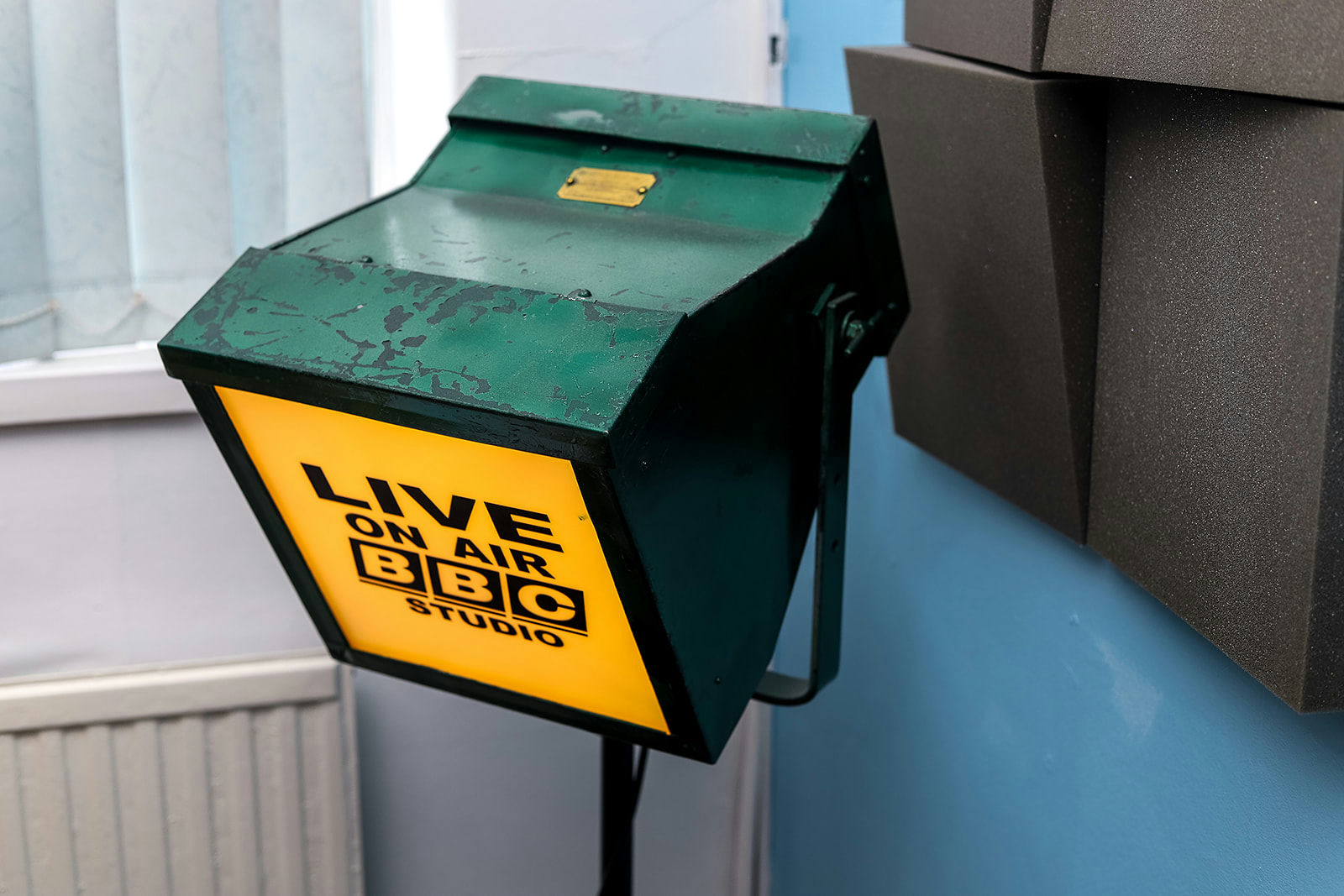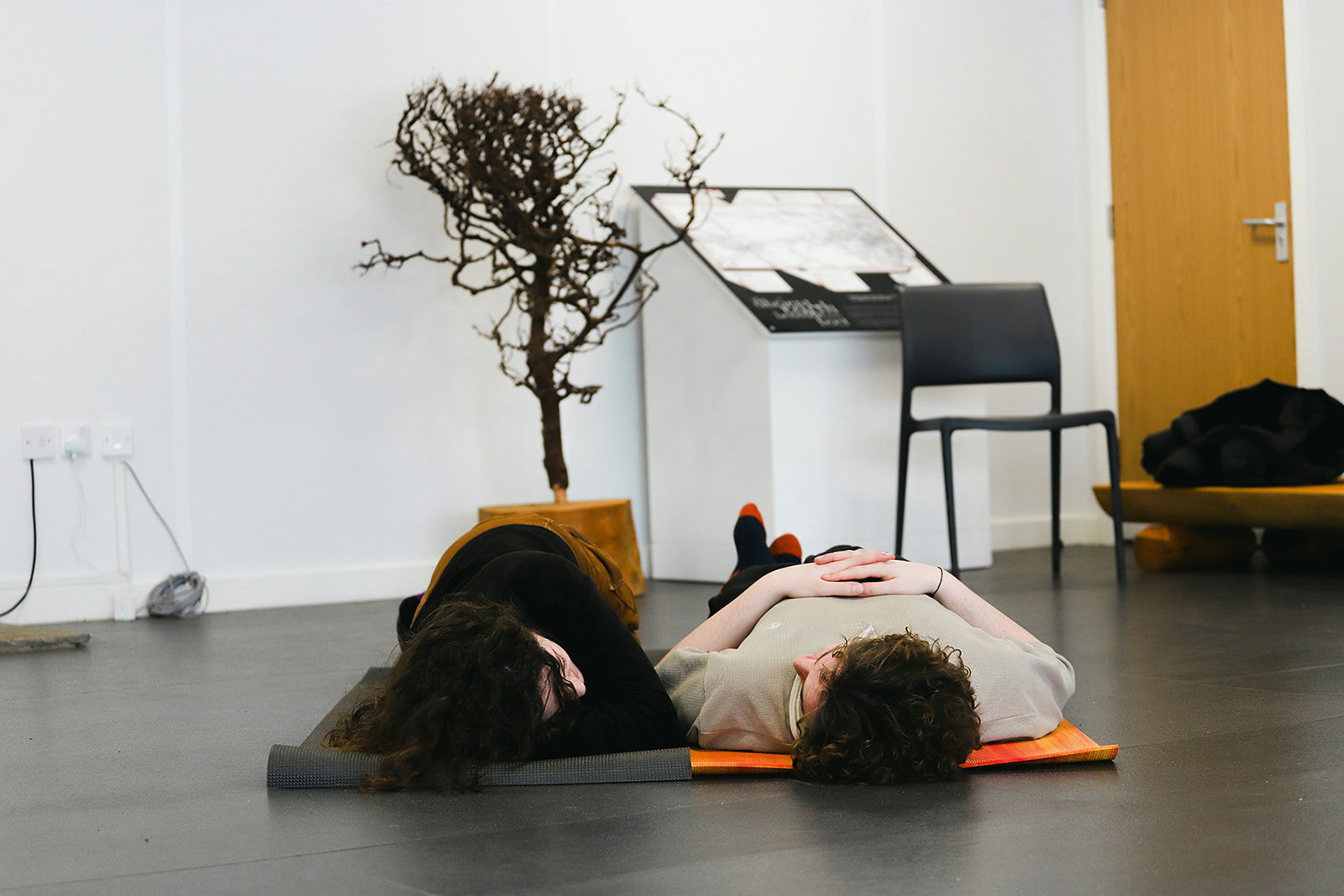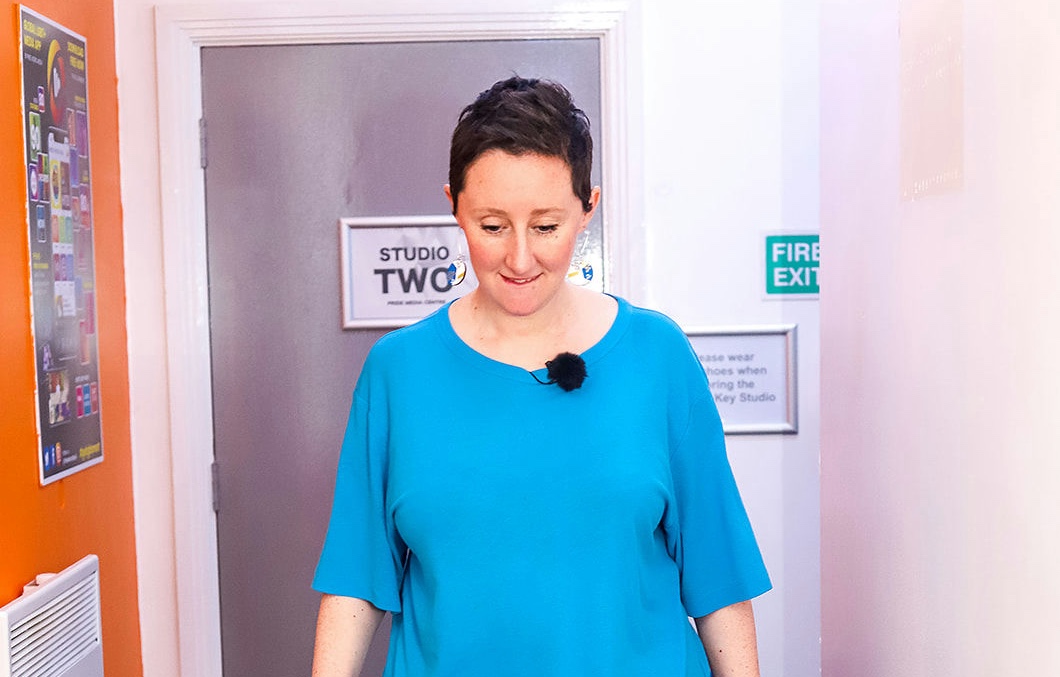Getting the call to speak in the press about what you do, or give your opinion on a podcast as a guest is very exciting. But this excitement of getting interviewed and telling your story can cause nervous tension in your body and voice. This, on top of making you sound weird, can damage your voice.
Sometimes you don’t have much time to go through a proper voice warm-up, but you still want to sound fantastic. These five quick exercises can help you prevent that, and they’re an excellent option for pre-speaking gigs or social networking events.
1. Body Shakes
First, shake your body. This might sound a bit silly, but shaking out your body can help release tension before a voice gig. Stand up and shake out your arms, legs, and even your face. This helps to loosen up and get rid of any stiffness that could affect your voice.
2. Slug Tongue
Next is the slug tongue exercise. Stick your tongue out as far as it can go and then move it slowly from side to side. This stretches your tongue muscles and helps with articulation so your listener can understand every word you speak.
3. Underwater Speaking
Then there’s underwater speaking. Put your finger in front of your lips horizontally, waggle it up and down (yes, like when you were a baby!) and let some sound come out. Say simple words and phrases like days of the week or months of year whilst waggling your finger. You’ll end up with lovely loose lips and a good forward placement of the voice which helps with tone and volume.
4. Lip Trills
Another great exercise is lip trills. Gently press your lips together and blow air through them to make a ‘brrr’ sound – like a really cold horse! This helps to warm up your vocal folds and get the breath flowing with a consistent pressure which helps you speak with ease.
5. Humming
Finally, humming is an excellent way to warm up your voice. Start with hum on a low and comfortable note, then gradually glide up and down from low notes to high notes in your pitcher range. This will help you find more expression in your speaking so you are engaging and interesting.
Try these next time you get that unexpected call from the press to give your expert opinion live on air!




